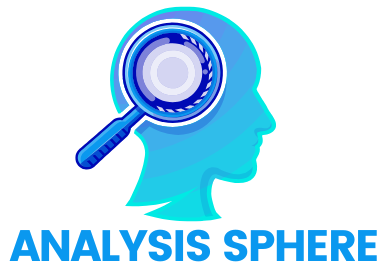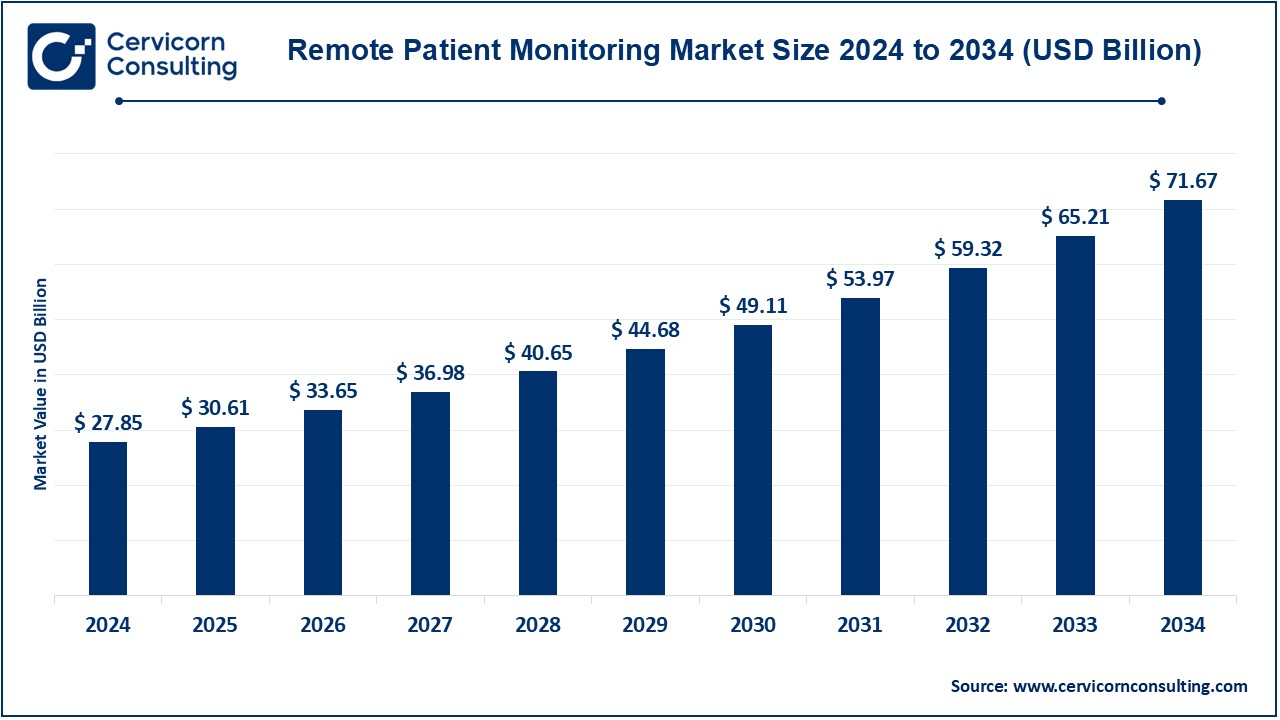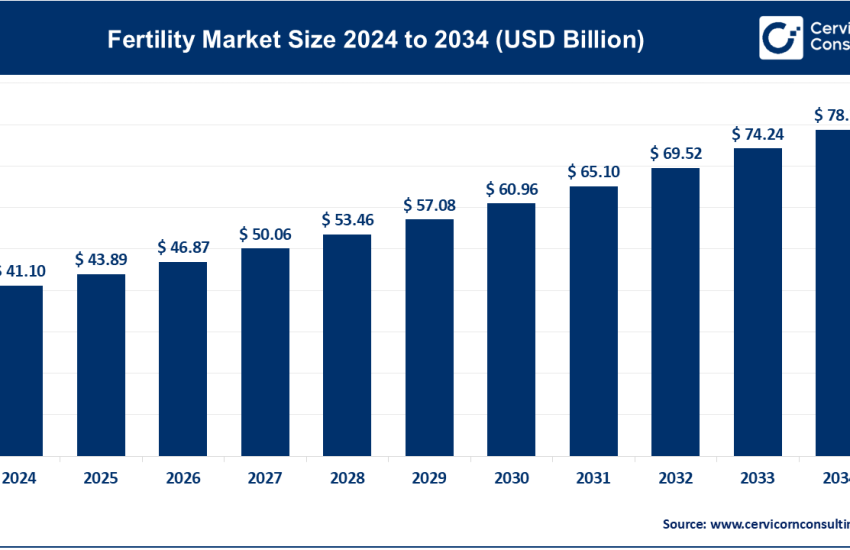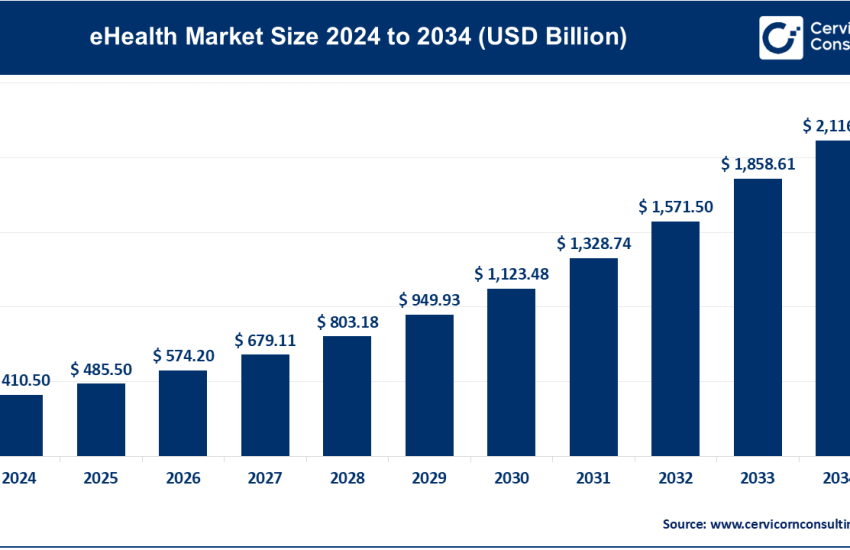Remote Patient Monitoring Market Size, Share, and Leading Trends (2024-2034)
Remote Patient Monitoring Market Size and Growth Factors
The global remote patient monitoring market was worth USD 27.85 billion in 2024 and is anticipated to expand to around USD 71.67 billion by 2034, registering a compound annual growth rate (CAGR) of 9.91% from 2025 to 2034.
The remote patient monitoring (RPM) market is experiencing rapid growth driven by the increasing prevalence of chronic diseases, advancements in digital health technologies, rising healthcare expenditure, and the need for efficient healthcare delivery systems. The COVID-19 pandemic accelerated the adoption of RPM solutions, highlighting the importance of continuous patient monitoring and virtual care. Government initiatives promoting telemedicine and patient-centric care models have further fueled market expansion.
What is the Remote Patient Monitoring Market?
Remote Patient Monitoring (RPM) involves the use of digital technologies to monitor and analyze patients’ health data from a distance. RPM systems collect a wide range of physiological data, including heart rate, blood pressure, glucose levels, and more, allowing healthcare providers to make data-driven decisions without requiring in-person visits. This technology empowers healthcare professionals to monitor patients with chronic illnesses, post-operative recovery, or those at risk of sudden medical events. RPM has emerged as a key component of telemedicine, promoting proactive healthcare and improved patient outcomes.
Why Is Remote Patient Monitoring Important?
RPM is crucial in modern healthcare as it enhances patient outcomes through continuous health monitoring and early detection of complications. It significantly reduces hospital readmissions and emergency visits by enabling timely interventions. Additionally, RPM facilitates remote care delivery, minimizing the burden on healthcare facilities and providers. The adoption of RPM solutions also supports the aging population’s need for long-term care management while maintaining independence at home.
Get a Free Sample: https://www.cervicornconsulting.com/sample/2590
Top Companies in the Remote Patient Monitoring Market
| Company | Specialization | Key Focus Areas | Notable Features | 2024 Revenue (approx.) | Market Share (approx.) | Global Presence |
|---|---|---|---|---|---|---|
| Abbott | Medical Devices, Diagnostics | Chronic Disease Management, Cardiac Monitoring | Continuous Glucose Monitoring (CGM), Heart Monitors | $43.1 Billion | 10% | North America, Europe, APAC |
| American Telecare | Remote Monitoring Solutions | Virtual Patient Visits, Chronic Care Management | Video-Based Monitoring, Real-Time Data Analytics | $150 Million | 2% | North America |
| Biotronik | Cardiac and Vascular Technologies | Cardiac Rhythm Management, Remote Monitoring | Implantable Cardioverter-Defibrillators (ICDs) | $1.5 Billion | 3% | Europe, North America |
| Boston Scientific Corp. | Medical Devices, Digital Health | Cardiovascular Monitoring, Neuromodulation | Implantable Devices, Wireless Connectivity | $13.4 Billion | 5% | Global |
| CareValidate | Health Monitoring, Compliance | Workforce Health Monitoring, Chronic Condition Management | Mobile Health Apps, Wearable Integration | $30 Million | 1% | North America |
Leading Trends and Their Impact on the RPM Market
- AI and Machine Learning Integration: Incorporating AI enhances data analysis accuracy and predictive analytics, enabling proactive patient care.
- Wearable and IoT Device Advancements: Smartwatches and connected devices are making RPM more accessible and user-friendly.
- Data Security and Privacy: Growing concerns about data breaches have led to increased adoption of robust cybersecurity measures.
- Telehealth Integration: Combining RPM with telemedicine enhances healthcare access, especially in rural areas.
- Government Support for Digital Health: Policies favoring telemedicine are fostering widespread adoption.
Successful Examples of RPM Around the World
- United States: Kaiser Permanente has integrated RPM solutions into their chronic disease management programs, resulting in reduced hospitalizations and better patient engagement.
- Germany: Charité – Universitätsmedizin Berlin uses RPM for cardiac patients, significantly lowering readmission rates.
- Japan: The Japanese government’s initiatives to integrate RPM in elderly care have shown success in reducing healthcare costs.
- India: Apollo Hospitals have leveraged RPM for managing diabetes and hypertension, providing remote consultations and continuous monitoring.
- Australia: Royal Adelaide Hospital has implemented RPM to manage chronic obstructive pulmonary disease (COPD) patients, achieving better health outcomes.
Regional Analysis: Government Initiatives and Policies Shaping the RPM Market
- North America: The U.S. government, through the Centers for Medicare & Medicaid Services (CMS), has increased reimbursement policies for RPM services, driving adoption among healthcare providers.
- Europe: The European Union’s eHealth Action Plan promotes digital health solutions, including RPM, to enhance healthcare delivery efficiency.
- Asia-Pacific: Governments in China and India are investing in digital healthcare infrastructure, fostering RPM growth.
- Latin America: Brazil is witnessing increased RPM adoption as part of telehealth initiatives aimed at underserved communities.
- Middle East and Africa: Governments are focusing on improving healthcare access through telemedicine, with RPM as a key component.
To Get Detailed Overview, Contact Us: https://www.cervicornconsulting.com/contact-us
Read Report: Telemedicine Market Size, Share & Trends: Global Industry Analysis and Forecast (2024–2034)



